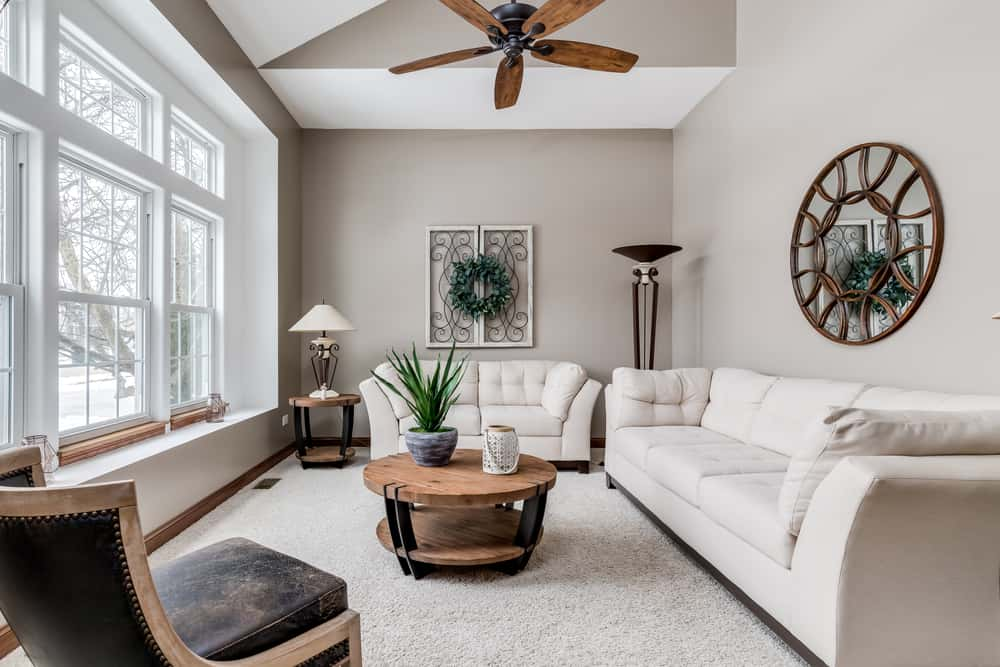What is Minimalism?
Minimalism is a term that we come across frequently in all contexts. In fact, most people are already familiar with minimalism, which refers to stripping away all the fanciness to keep things to the bare minimum yet functional. Right from the world of art to lifestyle to architecture and interior designing, minimalism is the new popular choice.
In many ways, minimalistic interior designing is very similar to modern interior designing which uses bare essentials to create a simple living space that is devoid of clutter. The theme of minimalistic interior design is based on simplicity, clean-cut lines, and, preferably a monochrome palette. Some colour is used for accentuation. A minimalistic space consists of an open floor plan, plenty of natural light, and minimal furniture that is functional and yet doesn’t occupy a vast space. The free essential elements focus predominantly on shape, colour, and texture.
Elements of a Minimalistic Design
Bare Essentials
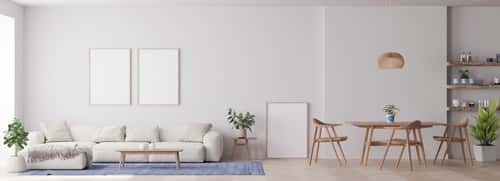
A typical minimalist approach mainly focuses on essential elements, namely, form, light, and material, essentially the texture. This is usually used in an open plan layout that freely creates a sense of freedom and relaxation. A minimalist approach does not indulge in ornamentation or decoration of any kind. A few simple details are blended flawlessly into the setting. Some examples would be a single vase on a table or a single central piece of artwork on the wall.
Clean Cut Lines
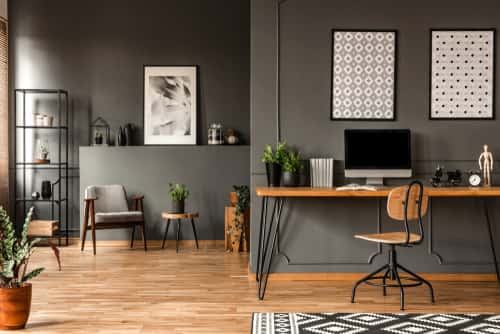
As the name says, minimalist styles consist of furniture and accessories that have flat, smooth or textured surfaces that have strong and clear cut lines. This generally creates strong lines and bold statements that accentuate the actual object itself. A minimalist setting is devoid of patterns, ornate textures, or detailed ornamentation. The focus here is simplicity itself. You will not find stacks or knick-knacks in a minimalist living room.
Monochrome Themed
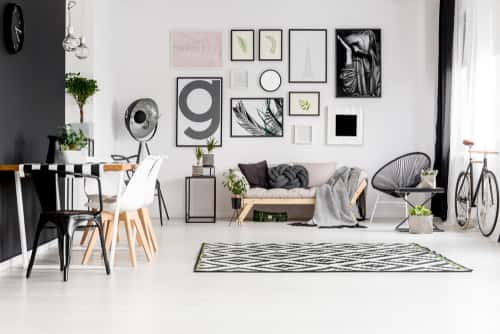
A minimalist living room has a monochrome theme. Although we say monochrome, it isn’t just any vivid colour but rather whites, greys, and beiges predominantly. This gives a sense of airiness, bright and elegant living spaces. The colours used are light and soft hues of natural shades which are dominated by cold and warm greys that use soft hues of aqua and nude tones for accentuation.
Minimalist Living Room Design
You can instantly recognise a minimalist living room design for its clean, crisp and monochromatic look that is monochromatic in nature. The main idea of a decluttered look is to give an idea of visual and mental freedom. Some may however feel that there is no personal touch to a minimalist living room theme. In order to compensate for that, here is what you can do:
Combine shades and textures well
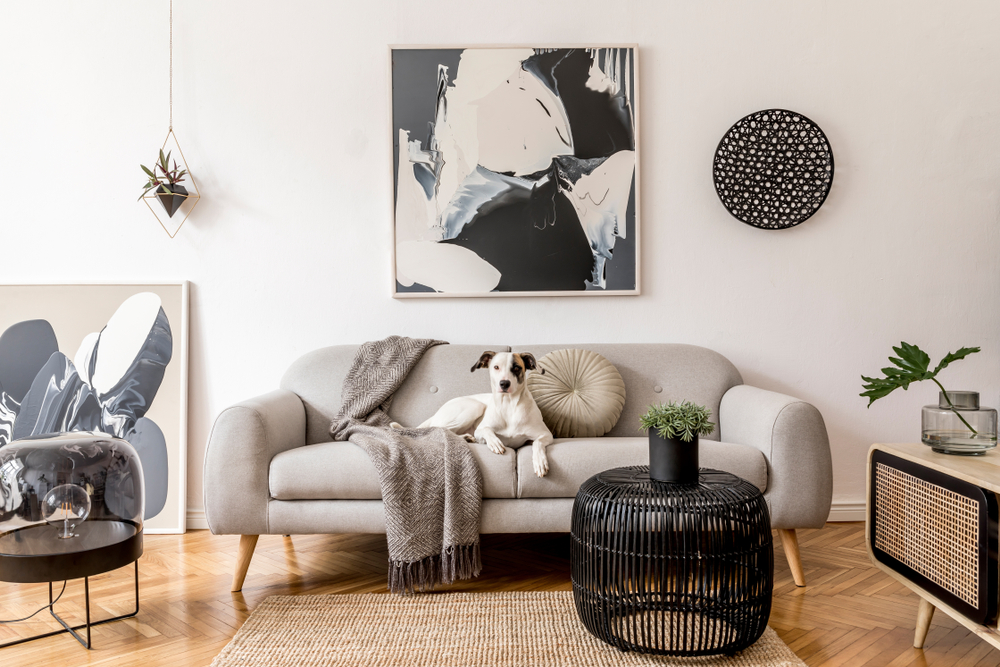
Since a monochrome theme is used, you can use warm colours to accentuate certain highlights. For example, you can use a subtle combination of wool and linen in the living room accessories to create warmth. It also adds a visual element to the minimalist living room design.
Make use of Textiles
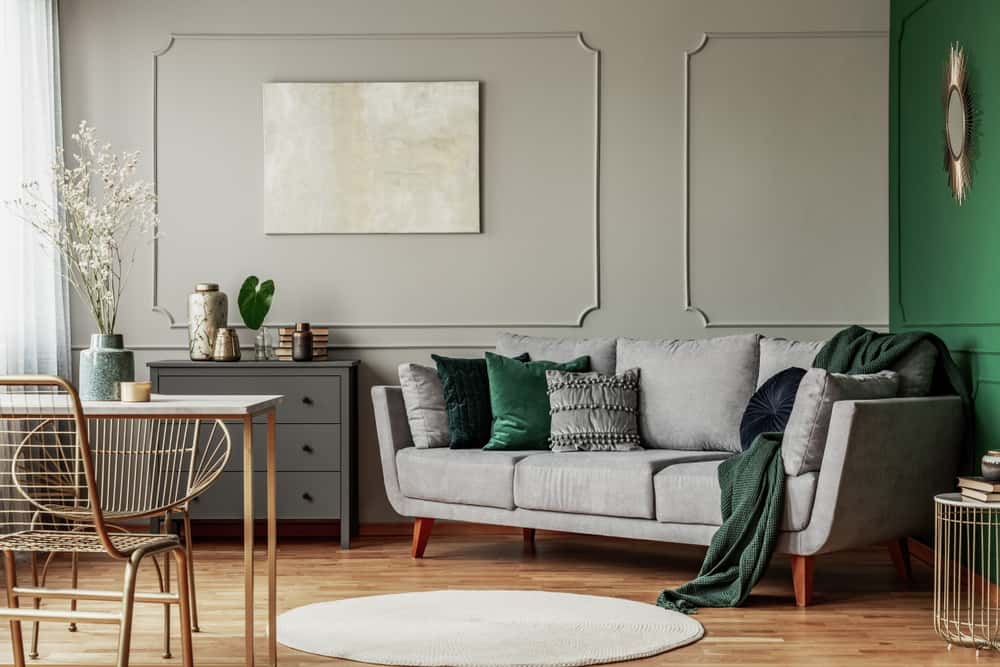
Textiles add texture and dimension to any minimalist living room colour. Add texture to your drapes, rugs, cushions and beddings.
Use geometric patterns
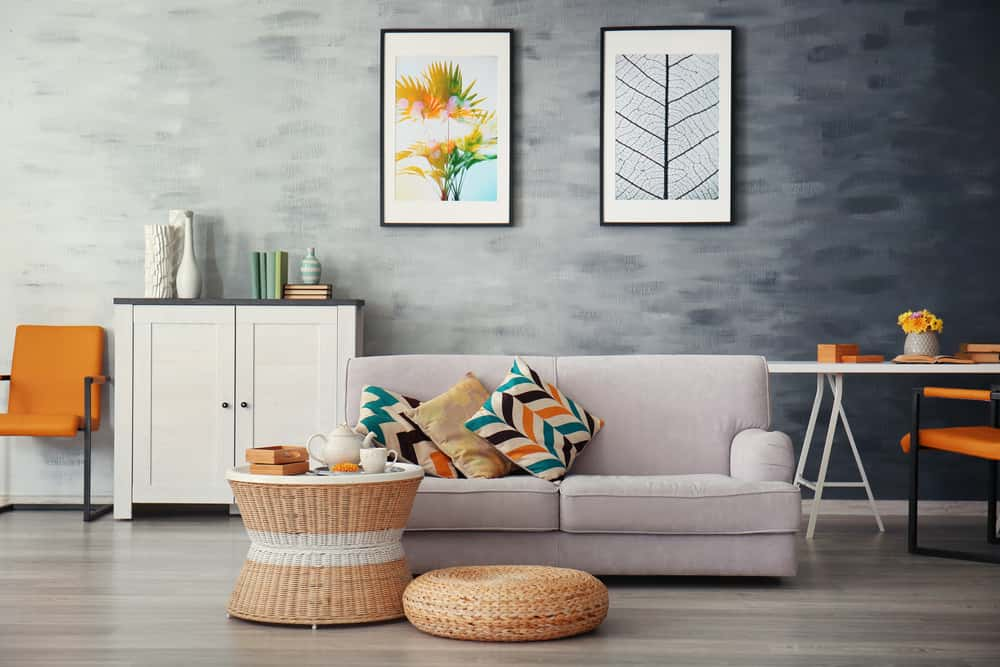
Geometric patterns in the same colour as your minimalist living room colour helps add visual appeal to your living space. Geometric designs and shapes are functional and save space while fully serving their purpose.
Smart Storage
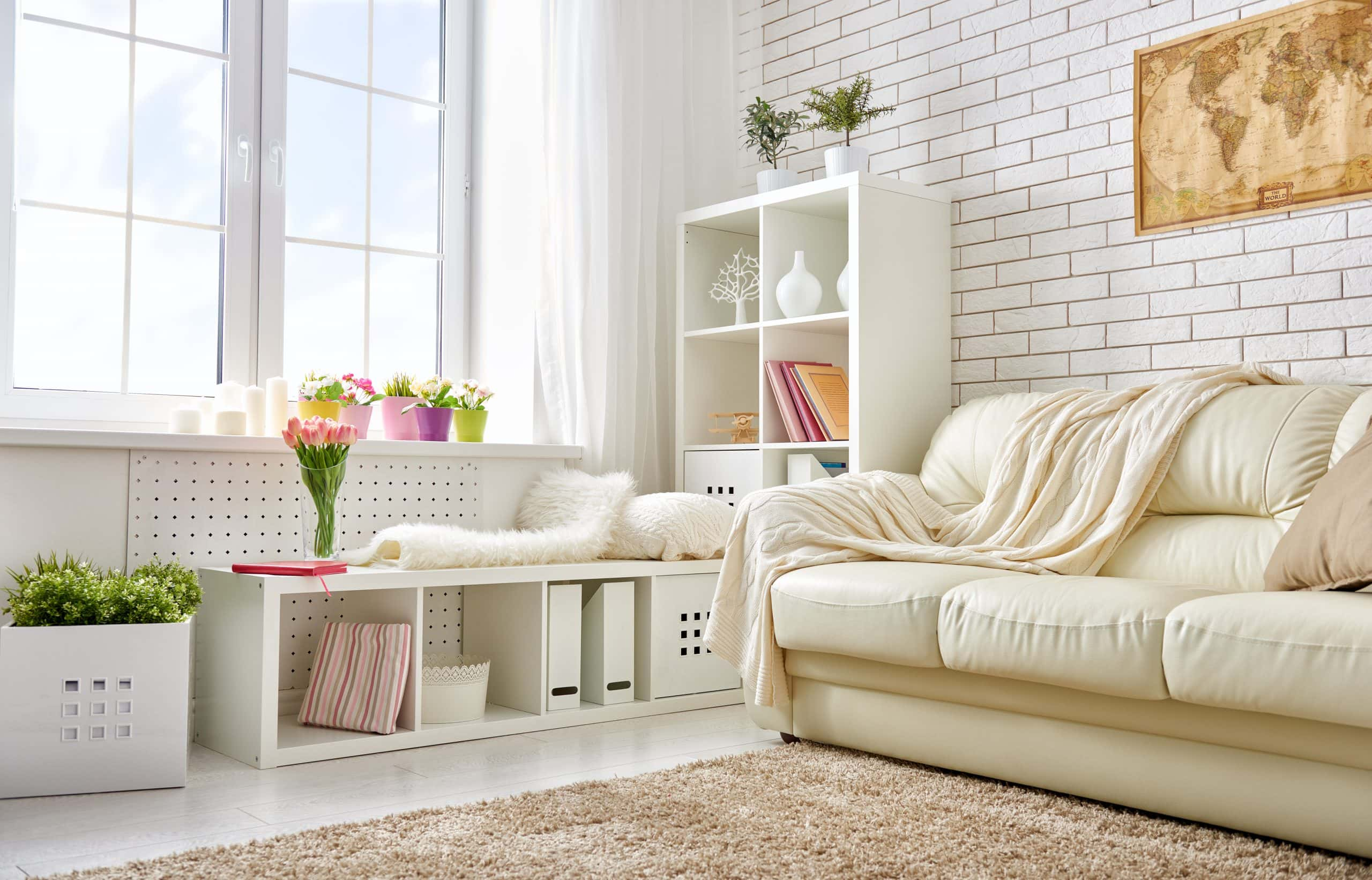
Smart storage refers to storage space that is cleverly planned, hidden and functional while not taking up unnecessary space. Some of the best places to design a storage space are below floors, trap doors and storage ottomans.
Minimalist Living Room Accessories
- Every accessory in a minimalist living room theme must serve a purpose. There are no unnecessary items that add to the clutter. Even if there are just three pieces of furniture which include two seats and a single coffee table, it still communicates a strong personal style.
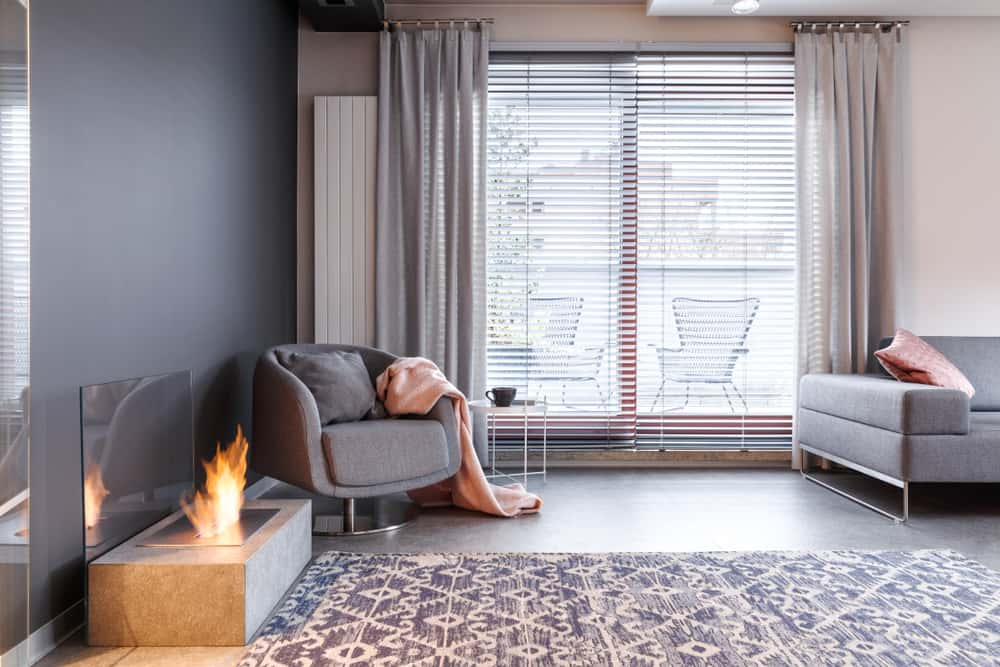
- High impact art is a good way to add highlights to your room rather than having multiple small pieces that add to the clutter. Wall art is the best kind of minimalist art that you can use as decor. It does not take up extra space or clutter your living space. To accentuate the space here is what you can do: use wall art that has vivid colours of the same hues and shades.
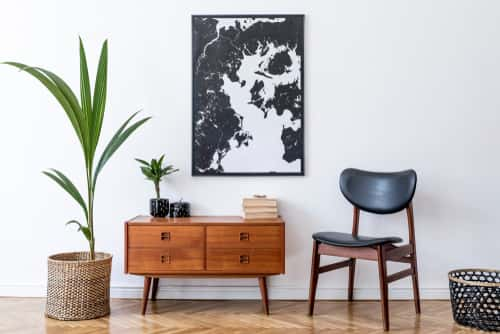
- You can extend the colour to your living space by using accentuating pieces of the same shades that give a transition effect
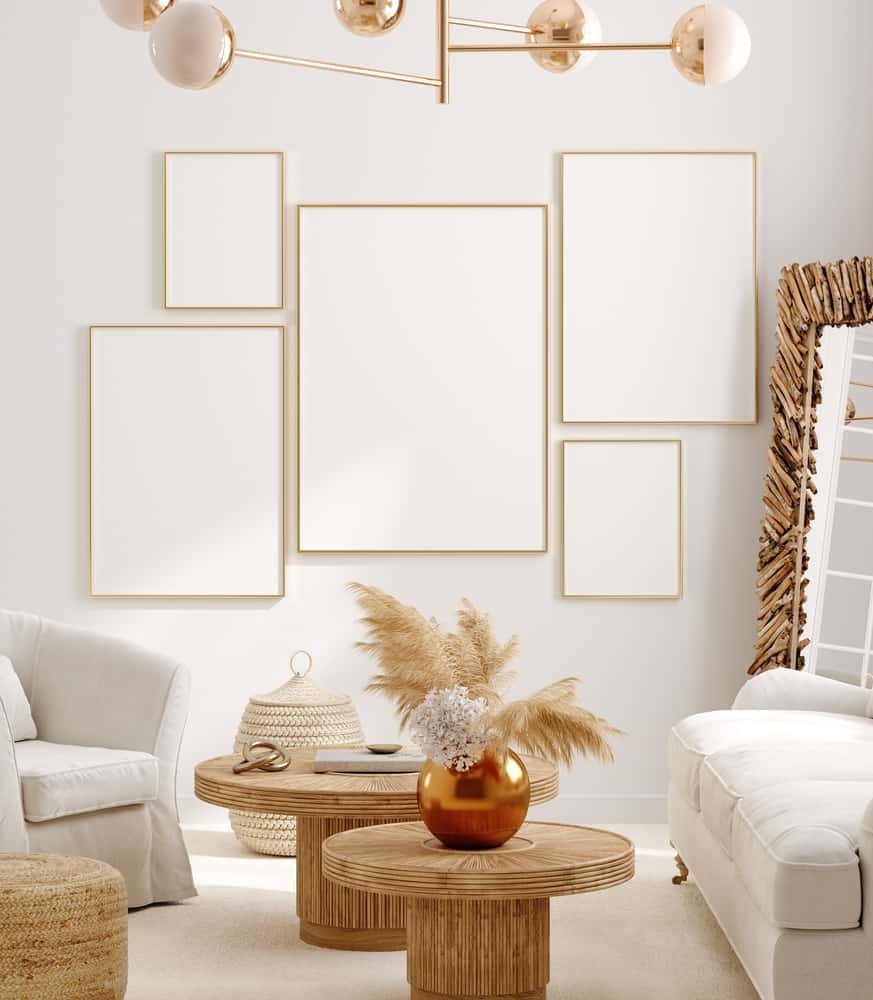
- If your minimalist living room theme is black and white and shades of grey, wood furniture adds a good accent. It will keep your space interesting without creating visual chaos. Metals too can be used in accessories to give spatial dimension and style to your minimalist living room.
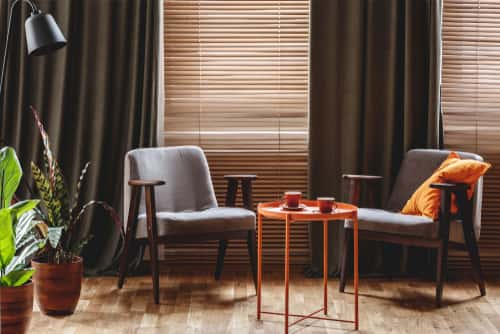
Why should you have a minimalist living room
Air and Space
There is a sense of bright airiness and space in a minimalist living room, without actually being a sprawled space. There is also an easy movement without unnecessary turns and curves.
Well Organised
Since all the lines are clean-cut, it is easy to organise everything in your minimalist living room.
Smart Storage
You can maximise the space available by using hidden areas as smart storage. This will give you clean spaces devoid of clutter and space wastage.
Relaxing
Minimalism is a psychological relief and relaxation through open horizons. The neutral colours add to the relaxing effect that is easy on the eyes.
To know more about how you can design your minimalist living room, you can visit HomeLane.

